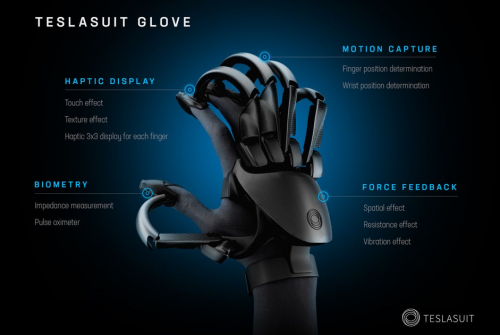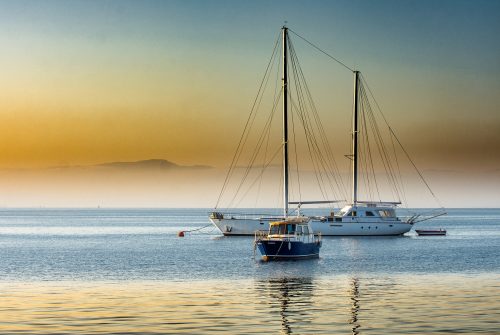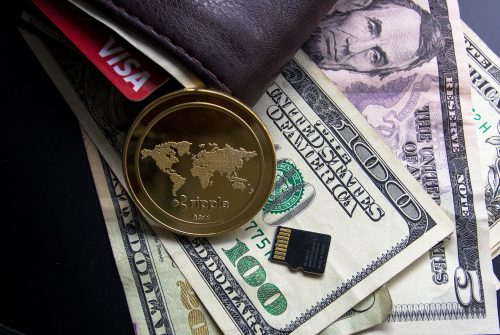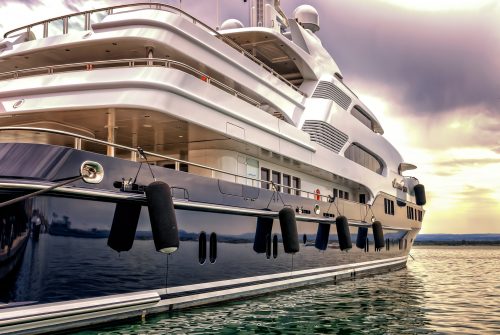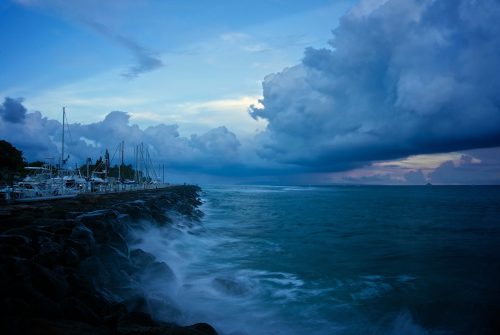The dark side of bioplastics
30 January 2019 | Written by Tommaso Spezzacatena
Biodegradable plastics are revolutionizing the sector, but are they really eco-friendly?

The plastic emergency in Europe is considerable: just think that in 2010, in the European seas there were about 250 million tons of waste (equivalent to about 3000 Tour Eiffel) and that’s why Italy first, with the budget law 2017, and the European Parliament then, with a resolution of November 2018, have legislated in the environmental field against disposable plastic.
In November 2018, in fact, a measure was approved by the European Parliament which aims to ban numerous single-use plastic products by 2021, including cutlery, cotton sticks, straws and balloons, which would represent about 49% of total marine pollution. In addition, at the same session the European Parliament ruled that by 2025, the Member States will have to collect and recycle 90% of the disposable plastic bottles for beverages, causing 20% of the pollution of the seas.
At the same time, in the Italian budgetary law of 2017 was approved the ban on the sale of swabs made with plastic starting from 1 January 2019, thus making Italy the first European country to implement this type of provision, and from 2020 the obligation to eliminate the presence of microplastics from cosmetics.
The substitute. Now the question is: what should they be replaced with? The answer is simple: with biodegradable products. But it is not said that this is good for the environment. In fact, biodegradable does not necessarily mean eco-sustainable because we must consider the resources used to produce the object in question, in particular we must think of soil and water, today two fundamental and very precarious resources.
Let’s go in order: most of the biodegradable plastic substitutes come from food waste or processed agricultural products, such as corn or sugar cane.
In the first case there is nothing to say: companies like the German Kaffeeform, which uses coffee grounds to make disposable cups and glasses, or the Italian Orange Fiber, which makes silk-like fabrics from industry waste citrus fruit, start from the waste to create new innovative and eco-sustainable products. A virtuous model, therefore, that uses an unproductive and waste resource, already existing but unused.
In the second case, however, there are some considerations to make. In fact, even if these products do not damage the environment in terms of disposal (they take a few months to disappear as opposed to the plastic that needs about 1000 years) they damage it in terms of production.
Bioplastic with corn and sugar cane. To date, to produce 1kg of Pet, an acronym that stands for Polyethylene terephthalate (which to be clear is the plastic with which the bottles are made), it takes about 2kg of oil and 17.5 liters of water, enough quantity to produce 25 1.5-liter bottles.
On the contrary, corn and sugar cane are products that require an enormous quantity of water and cultivable land. Specifically, according to a study by the University of Sant’Anna of Pisa to produce 1kg of corn, about 900 liters of virtual water are needed, the water that is taken into account is the direct or indirect use of the consumer or of the manufacturer. To obtain 1 kg of PLA (the plastic derived from corn) serve about 2.5 kg of corn and then, returning to the example above, to produce 25 bottles of bioplastic would need 2250 liters of water.
Speaking of sugar cane, the situation is perhaps even worse. Overall, in fact, in addition to the high consumption of water needed to grow the plant, it should be considered that this needs hot climates to survive: it is no coincidence that most of the sugarcane crops are located in the equatorial area, already hard affected by deforestation.
As we have seen, therefore, the production of these bioplastics is not “at zero cost” and would produce some serious problems for the environment: the water used for production would increase, as well as the soil destined for agriculture, going to compromise above all those “wetlands” of the planet such as Southeast Asia and the Congo region, already threatened by deforestation due to the cultivation of palm trees.
Regarding the consumption of water we must remember that Europe is considered an area with a medium-low density of water per capita (with an average that varies from 2000 to 5000 liters per person per year) and that, as in the case of Italy, most of the drinking water in continental Europe depends on Alpine glaciers, but they are withdrawing more and more.
The condition of farmers and crime rates. One last aspect to consider is the condition of workers. We have recalled how these agricultural products are mainly cultivated with the large-estate method by large companies, which often use land grabbing (subtracting the land from local farmers) or grant rather dubious conditions to their farmers, as in the case of plantations of coffee. Finally, from the Legambiente report on the ecomafies of 2018, we know that the short supply chain in agriculture reduces the risk of infiltration by organized crime.
We welcome environmental laws to protect our seas and studies to find alternative methods in the production of eco-sustainable plastics. The real innovation, however, will be to be able to create plastic materials from food waste that in Europe is not lacking considering that about a third of the fruit and vegetables produced every year is thrown away.


